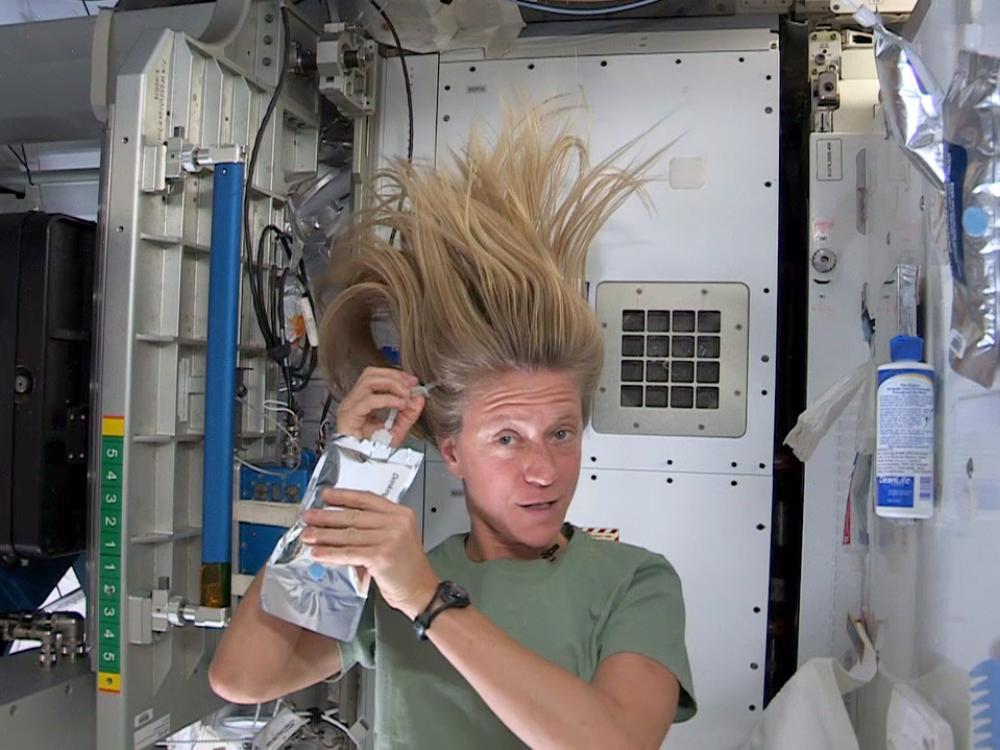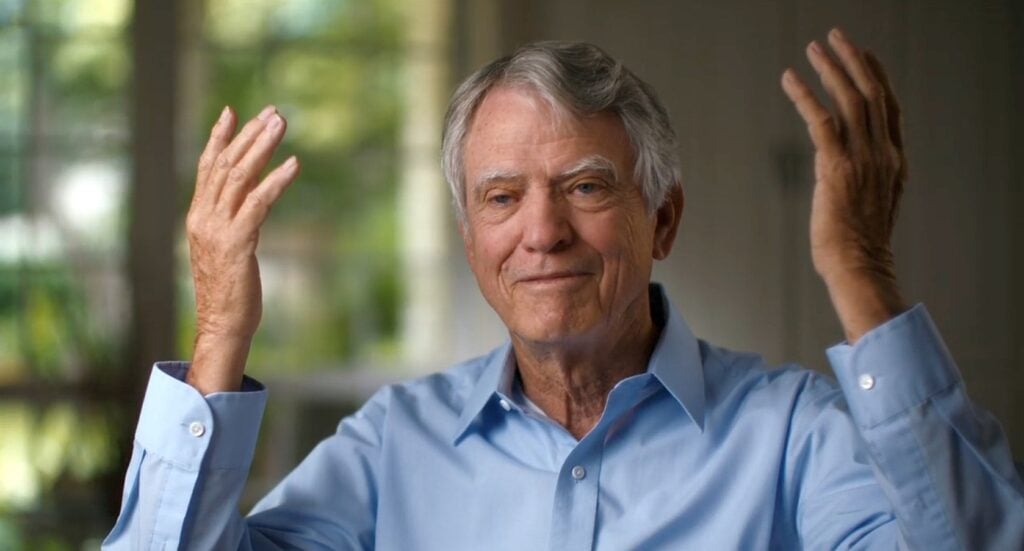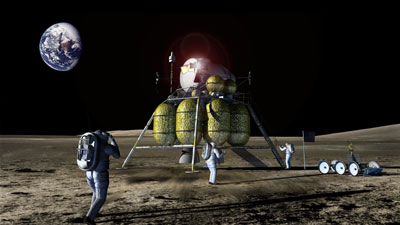Astronauts on the International Space Station Do Not Shower for Six Months. Instead, They Use Damp Towels and Waterless Shampoo to Keep Themselves Clean.
An astronaut is a person who has been trained, equipped, and deployed as a commander or crew member aboard a spacecraft by a human spaceflight program. Although the phrase is typically reserved for professional space travelers, it is occasionally applied to anybody who journeys into space, including scientists, politicians, journalists, and tourists. But do you […]


